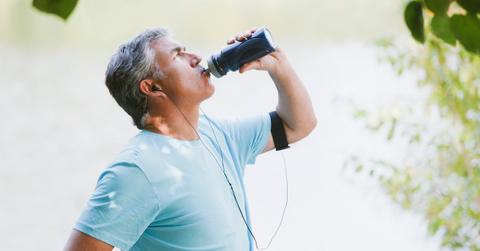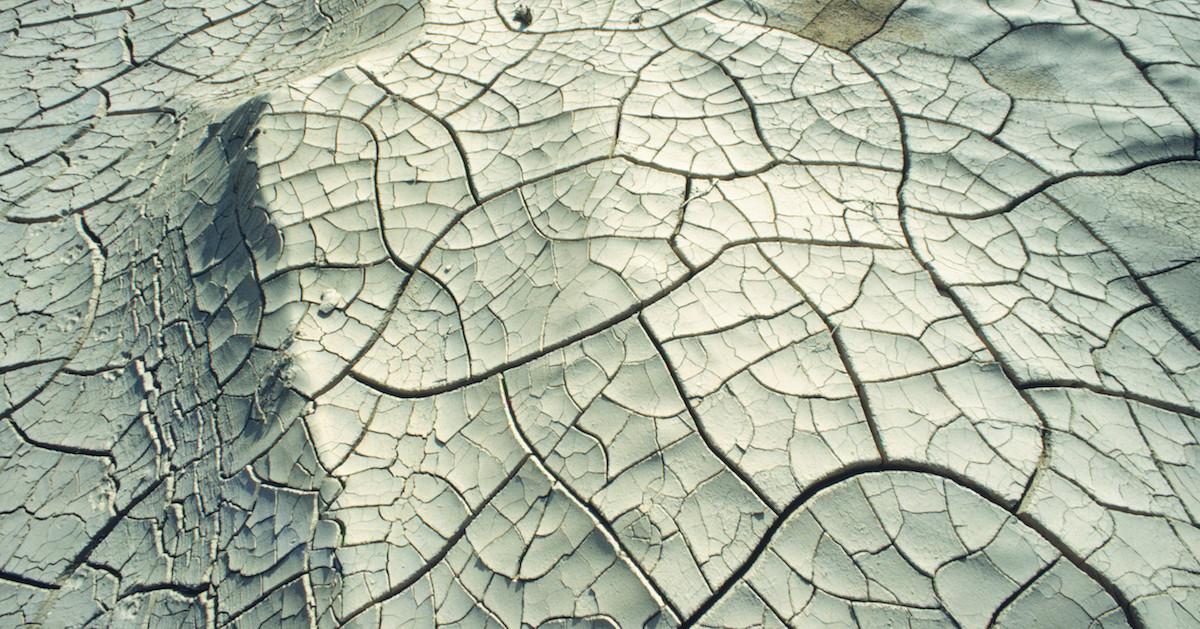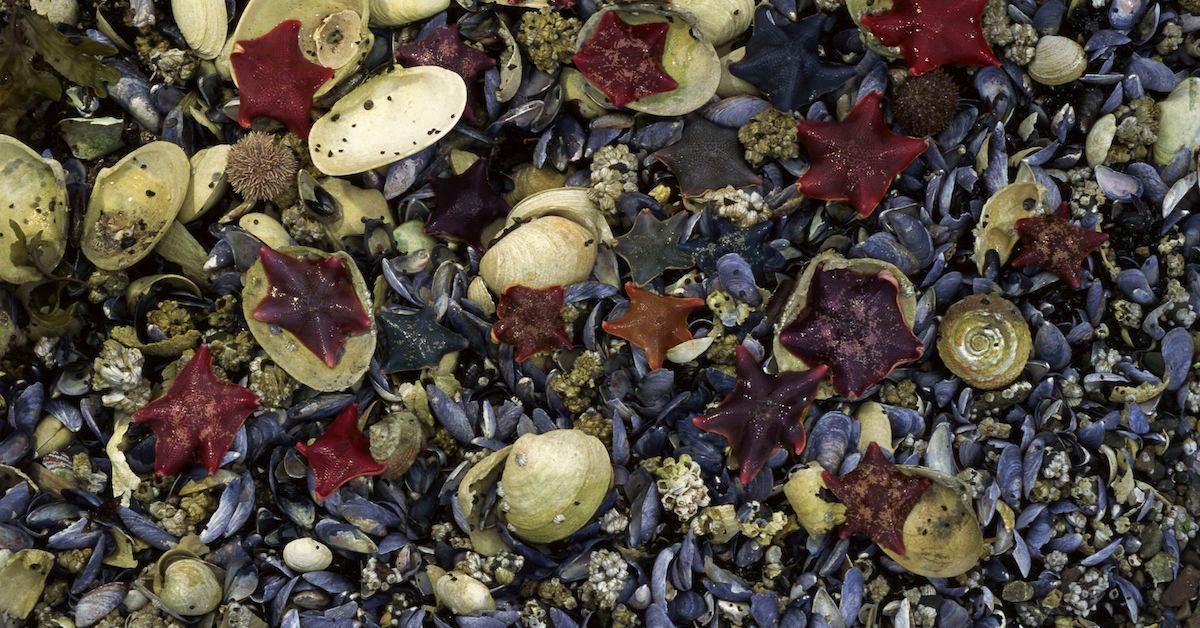Heat Waves Are Taking a Toll On PNW Drinking Water
Published July 14 2021, 1:47 p.m. ET

It's been an undeniably tough summer for those living in the Pacific Northwest. The heat waves across Washington, Oregon, California, and British Columbia have been truly relentless, with temperatures creeping into the triple digits for several days at a time. The unbearably hot temperatures are also effectively cooking marine life to death — and land animals aren't too thrilled about any of it, either. But do heat waves affect drinking water? And if so, how?
Heat waves often result in droughts — leaving some families without water at all.
In late June, the ongoing heat waves and lack of precipitation left much of California in a drought. And while droughts pose a huge risk for wildfires, really serious ones often cut off drinking water supplies from entire communities, according to Mercury News. Many of the reservoirs were completely dried up, leaving taps completely empty — and as a result, overheated families without much-needed H2O.
“In the last drought, we learned that local and state drought responses were not coordinated. Families in distress didn’t know who to call, and the state was scrambling to provide support,” Erick Orellana, a policy advocate for Community Water Center said, as per Mercury News. “We don’t want to see emergencies continue to happen, so we’re urging the state to be better prepared for drought this time.”

Marine heat waves kill marine animals, which can contaminate the water.
The heat dome across the PNW is also killing millions of marine animals, including mussels, clams, and starfish. And while it's an incredibly unfortunate predicament for undersea life, the dead animals living in the stagnant water can contaminate it.
Additionally, low water levels can degrade water quality, according to the CDC. With reduced river and stream flow, bodies of water tend to become more stagnant in heat waves and droughts — this fosters a livable environment for pollutants and bacteria. Hotter water also results in lower oxygen levels, which affects fish, marine life, and the quality of the water.
Likewise, if the heat waves and droughts cause wild fires, sediment, ash, charcoal, debris often contributes to runoff in fresh waters and in ground water. This can kill marine life, further lower oxygen levels.

Hot weather can contaminate plastic bottled water.
Although we should all really be drinking out of reusable water bottles when possible, some communities are unable to access clean tap water, and therefore rely on single-use water jugs or bottles for clean water. And according to National Geographic, high temperatures can effectively cause contaminants from plastic water bottles to seep into the drinking water, if the bottles are left sitting in the sun.
“The hotter it gets, the more the stuff in plastic can move into food or drinking water,” Rolf Halden, director of Arizona State University's Center for Environmental Health Engineering told National Geographic. "Bottled water has an important role in emergency situations. If you’re at risk of dehydration, it doesn’t matter what container that comes in. But for the average consumer, there is really no benefit for using all these bottles.”
Stay hydrated however you can — and if there is no accessible clean drinking water, try to get it from a vessel that's kept out of the sunshine.